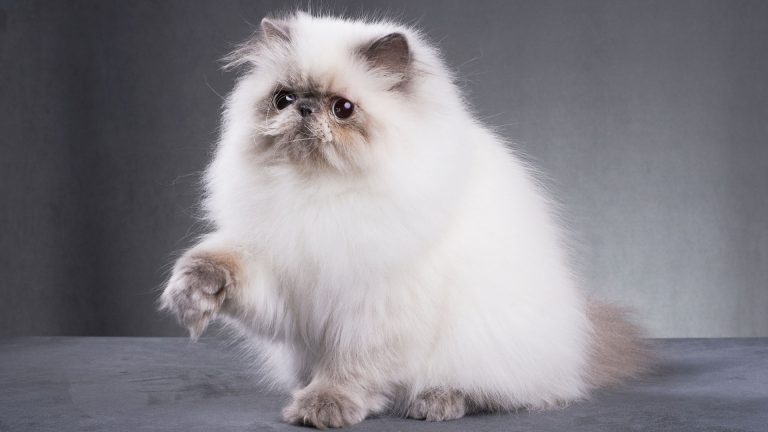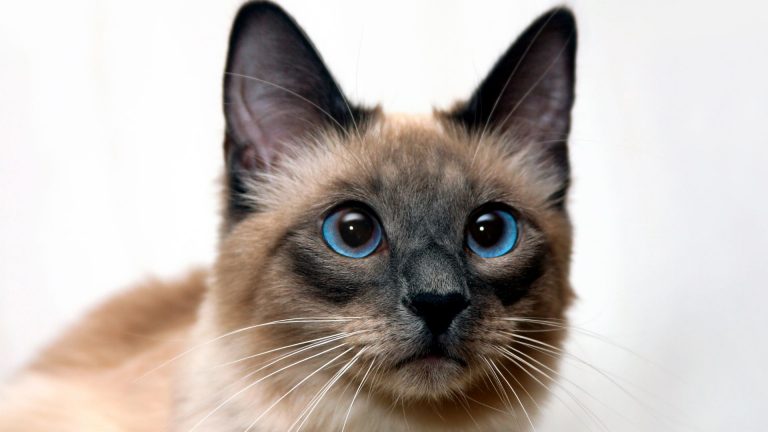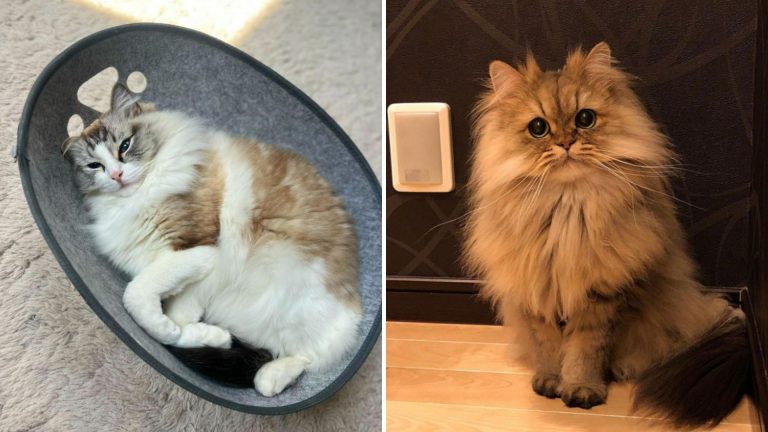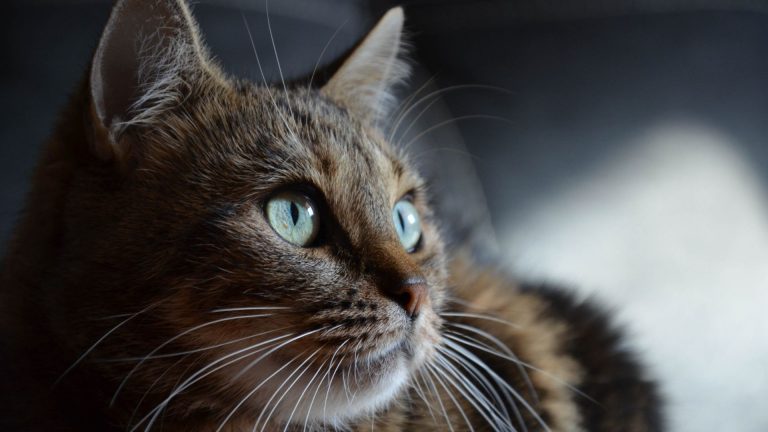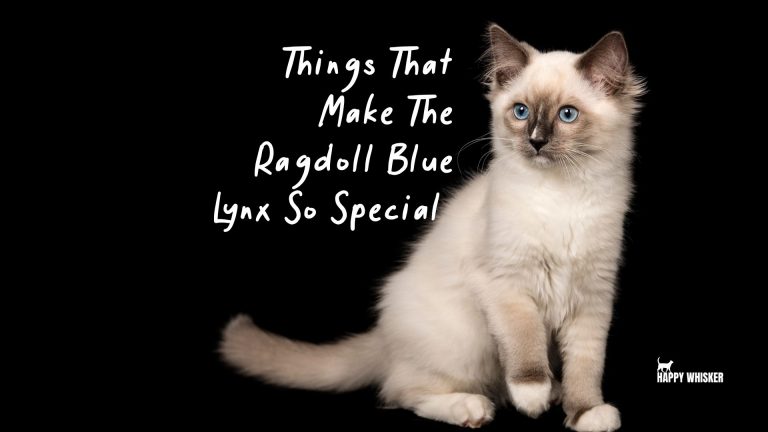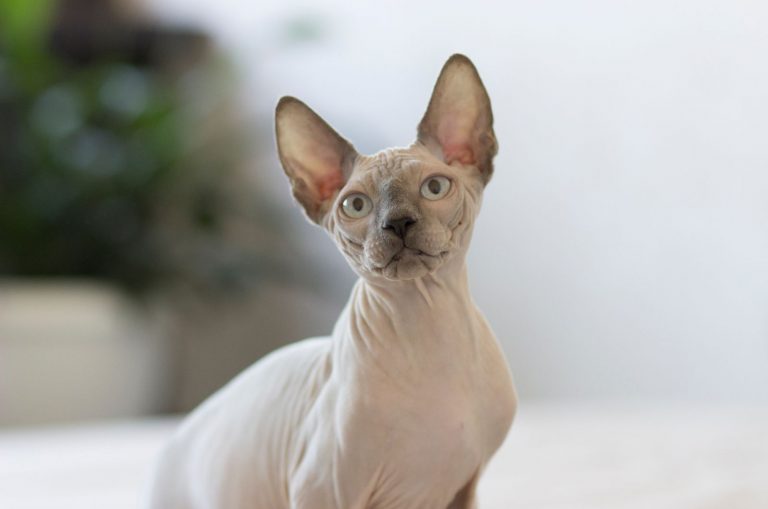Discovering The Beauty Of Dilute Tortoiseshell Cats
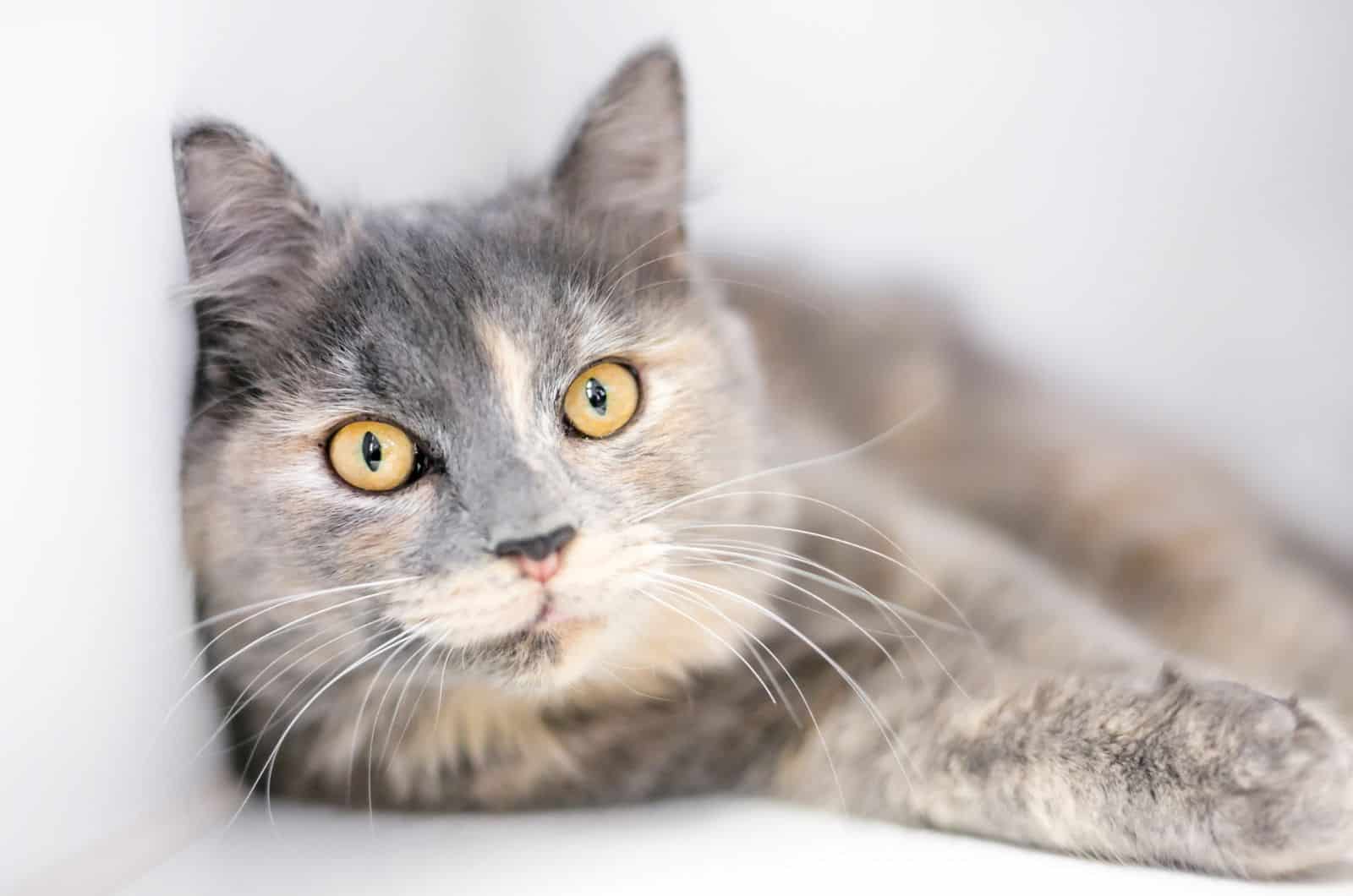
When talking about rare cat colors and patterns, we must mention dilute torties! What makes them so special is their diluted pigmentation, which makes them very rare.
This beautiful coat color pattern is a result of some very interesting genetics, and in my opinion, dilute tortoiseshell cats have truly won the “cat genetic lottery” when it comes to their appearance!
We are going to explore more about these unique kitties; why their coat colors are diluted, which cat breeds can be dilute torties, how much they typically cost, as well as some “no-nos” related to these cats.
What Exactly Are Dilute Tortoiseshell Cats?
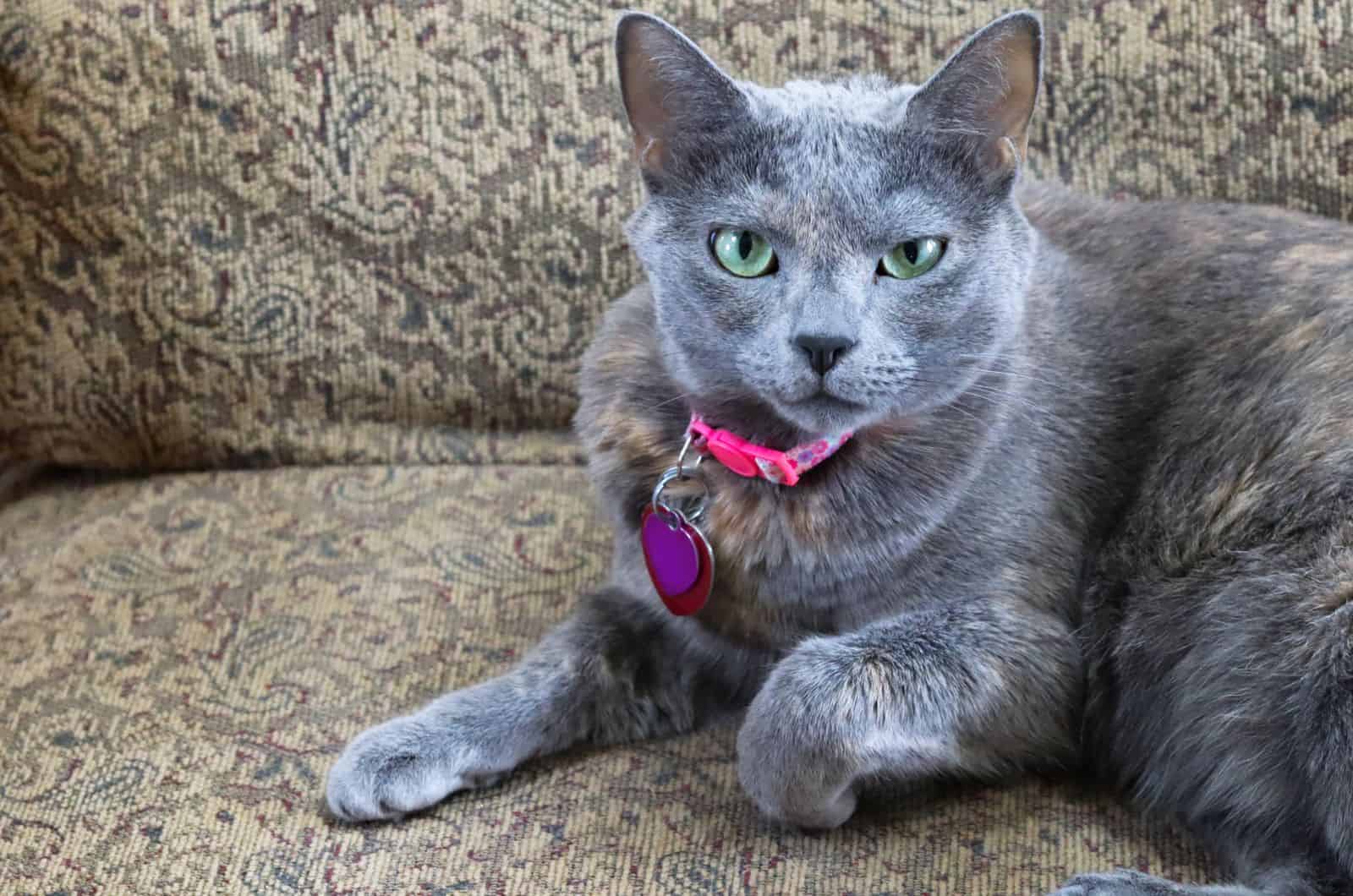
Dilute tortoiseshell cats are true beauties of the cat world!
They are famous for their mesmerizing tortoiseshell pattern, except their coat colors are various shades of pastel gray and cream rather than the bold tortie colors you usually see.
Although the tortie pattern is not rare, the diluted pigmentation definitely is.
It’s important to note that dilute torties are not a distinct cat breed! In fact, a number of different cat breeds can have the dilute tortie coat pattern and color combination, as we will see…
A Duel: Dilute Torties Vs “Regular” Torties
Dilute torties and regular torties differ in just two ways:
• Their coat colors (diluted torties have a “faded-out” version of regular tortie colors)
• Their rarity (diluted torties are much more rare)
[table id=268 /]
Can You Guess Which Cat Breeds Can Be Dilute Tortie?
This coat color and pattern combination does not depend on whether the cat is a long-haired or short-haired cat, or a purebred or mixed breed domestic cat!
The following purebred cats are known to have dilute tortie members:
🐾 Maine Coon
🐾 Norwegian Forest Cat
🐾 Persian
🐾 British Shorthair
🐾 American Shorthair
🐾 Cornish Rex
🐾 Siamese (the colorpoint portion of their fur can be a dilute tortie pattern!)
All About The Tortoiseshell Part Of The Name
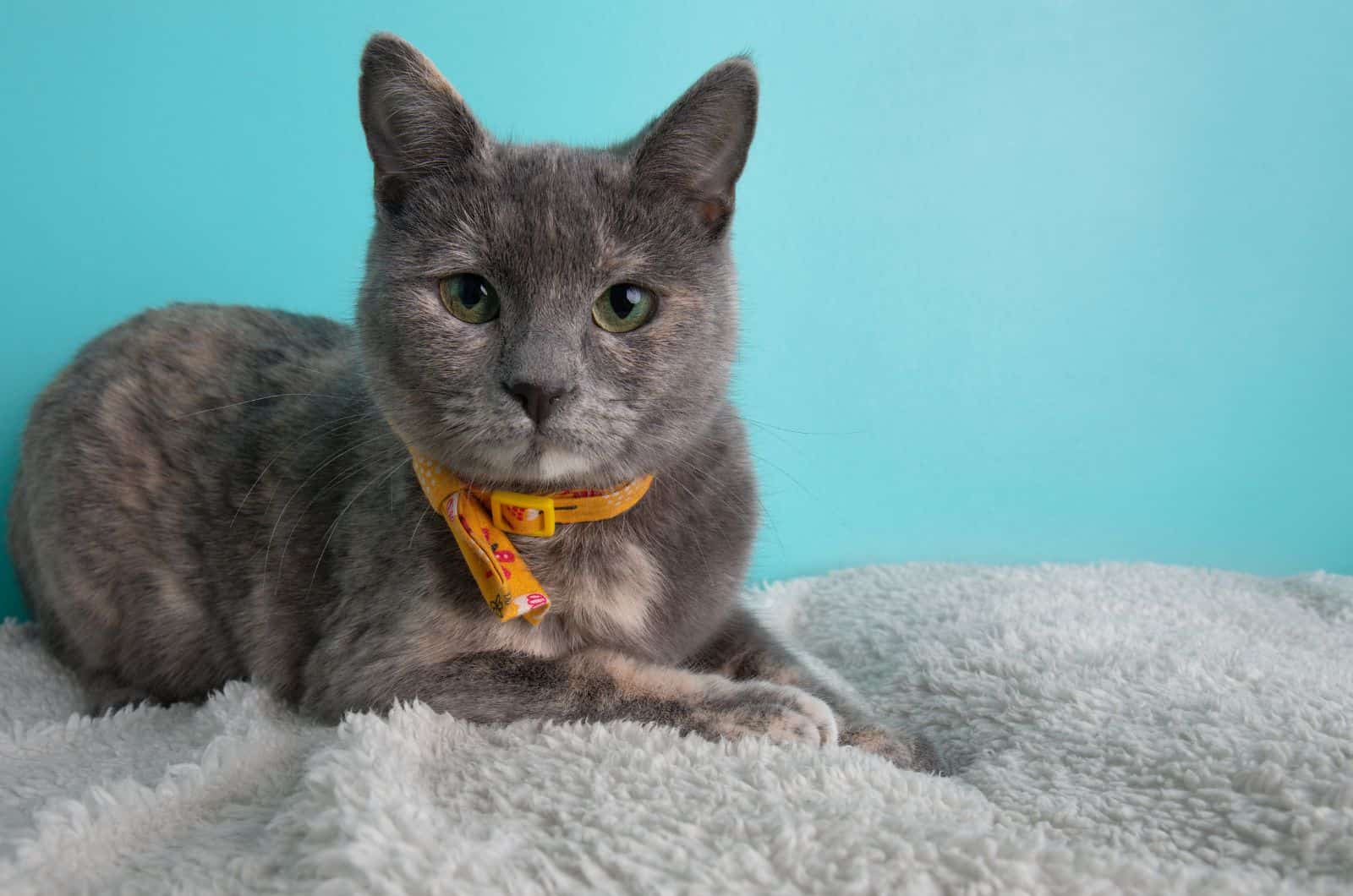
Tortoise (or turtle) shells are characterized by interchanging tones of brown and yellow. The characteristic tortie pattern of these cats’ coats gets its name due to its similarity to this tortoiseshell material!
The two main tortoiseshell colors of this pattern are:
• Red (which can be in shades of orange, yellow and cream)
• Black (which can be in shades of chocolate or gray (blue)
The tortoiseshell coat earned these cats the nickname “money cats” and it has been said that they’re carriers of good fortune (especially relating to money).
Male torties are especially famous in Ireland, where it’s believed it’s very good luck if they enter your home!
All About The Dilute Part Of The Name
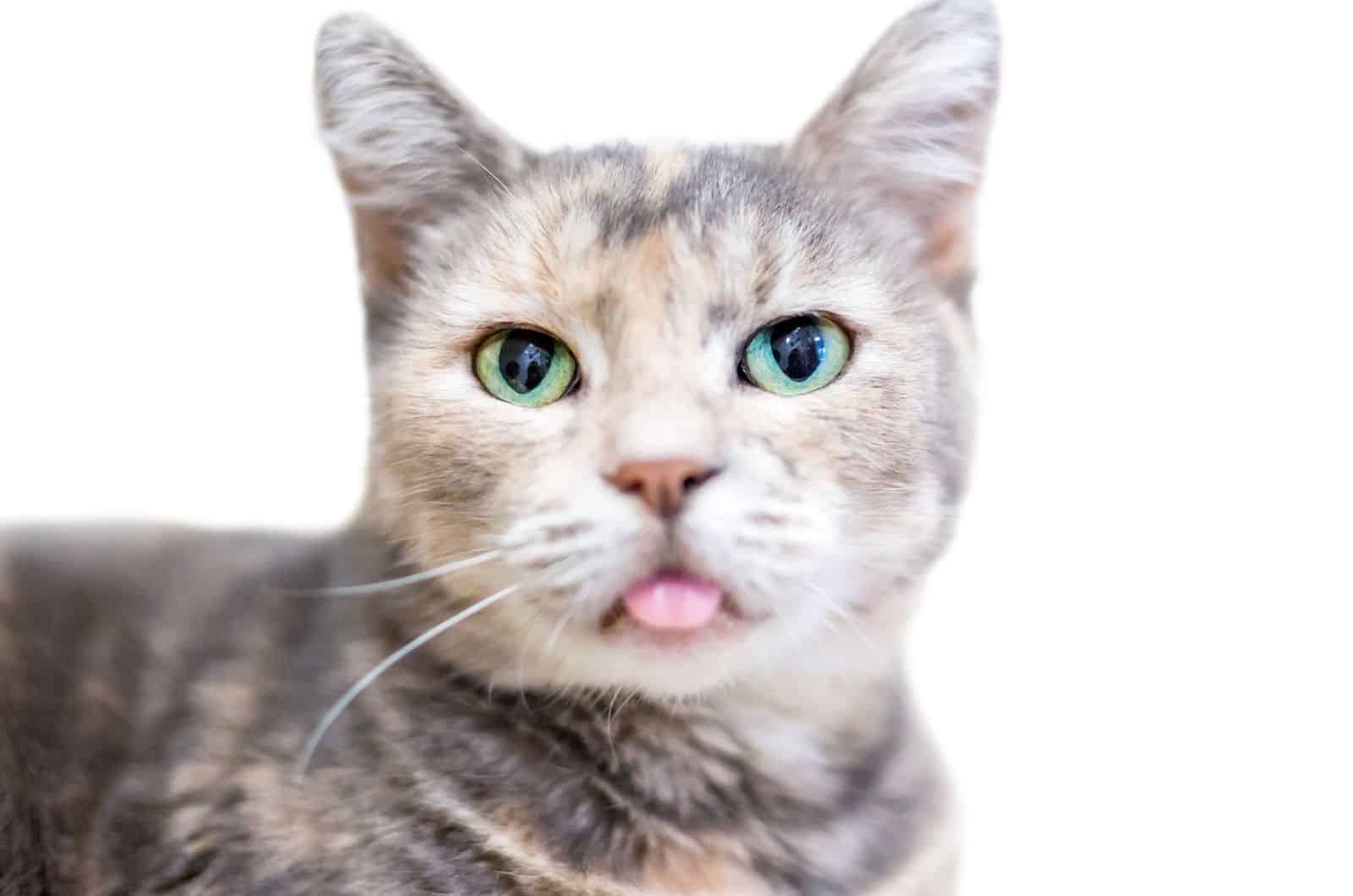
The Dilute part of the name is the bit that makes these cats extra special!
The “dilute” gene is a gene that means:
🐾 Gray (blue) from a regular black coat
🐾 Cream from a regular orange (red) coat
🐾 Lilac from a regular chocolate (brown) coat
🐾 Fawn from a regular cinnamon (light brown) coat
I must say, I find these pastel colors absolutely gorgeous, and they combine to make a wonderful and unusual coat color!
Let’s look at the science!
Color dilution is caused by a mutation in the MLPH gene (the gene that codes for melanophilin, otherwise known as the “dilute gene”).
This dilution gene is a recessive gene, so a cat has to inherit one recessive allele from its mother and one recessive allele from its father. This is why finding a cat with these dilute colors is rare.
See also: Lilac Tortoiseshell Cat – All About These Stunning Kitties
Dealing With The Tortitude – Not Fun

It is well recognized that a cat’s personality is mostly dependent on the cat’s breed. However, torties are not a distinct breed, they are from many different breeds. This means that they shouldn’t share any personality traits.
However, tortie cat owners might disagree with you on this one!
Many cat owners report having to deal with their tortie’s cat special attitude, commonly known as… the tortitude!
These tortie owners will tell you that their kitties are:
🐾 Strong-willed
🐾 Very independent
🐾 Feisty
🐾 Stubborn
🐾 Demanding
🐾 True divas
Do you think this is true? Do torties (including dilute torties) really have a tortitude? I certainly believe it!
Are Dilute Torties Rare? You Bet!
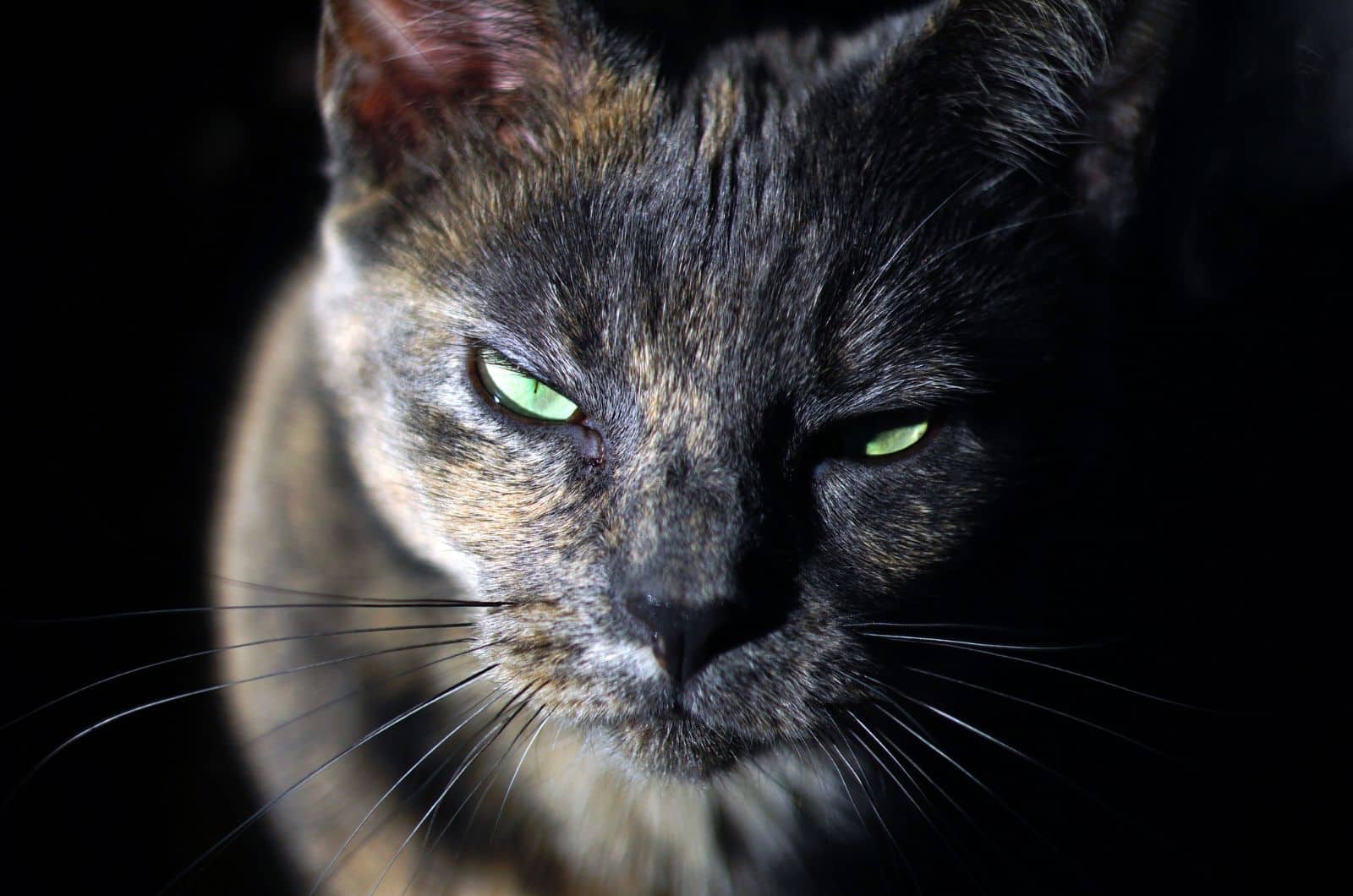
The tortoiseshell pattern is not considered an extremely common pattern. You won’t see every other cat with this coat pattern.
On the other hand, it is also not the rarest coat pattern. The tortie pattern is a lot more common than the dilute tortie pattern.
Dilute coat coloration is rare. When you combine the relative rarity of the tortoiseshell pattern and the unlikely genetic chance of diluted pigmentation, it can be said that dilute tortie cats are extremely rare!
One very interesting fact is that the majority of dilute torties (and torties in general) are female! This is because the tortie pattern arises due to a gene combination that has to be present on two X chromosomes.
This makes female cats (that usually have two X chromosomes) more likely to have this pattern compared to male cats.
Check this out: Rare Cat Colors & Patterns: 23 Stunning Cats (With Pictures)
The Rarest Of Them All – Male Dilute Tortie
In order for a male cat to have the tortoiseshell pattern, it has to have a XXY chromosomal arrangement.
You might already know that the standard male chromosomal arrangement is XY (one X chromosome and one Y chromosome). This means that the X chromosome in the XXY arrangement is not something that usually happens.
In fact, it happens extremely rarely! The genetic condition brought on by the presence of that extra X chromosome is known as Klinefelter syndrome, and male cats that have it have a number of health issues, including being sterile (unable to reproduce).
To add another layer to this, in order for male torties to be dilute, they have to get two (very rare) recessive alleles for the dilute gene.
Combine the rarity of the dilute alleles, and the statistically low chances of a cat having Klinefelter syndrome, and you get an extremely rare male dilute tortie. This is a combination most of us are unlikely ever to encounter.
What Are Dilute “Torbies”?

Torbie is short for tortoiseshell-tabby. They’re created when a cat has tortoiseshell markings as well as tabby stripes. You might also hear them called patched tabbies as well.
Torbies are very rare compared to regular tabbies and torties. When you take into account that the dilute coloration is rare as well, you get the chance of extra-rare dilute torbies!
Confusing Dilute Torties With Dilute Calicos Is A No-No
Many people mix up torties and calico cats, and the same thing happens with dilute torties and dilute calicos.
[table id=269 /]
As you can see, calico cats have the white color in their coats, while tortoiseshell cats don’t.
Another important thing to note is that when it comes to calico cats, their colors are not so intertwined – there are easily distinguishable patches of colors.
In torties, the two colors intertwine in such a way that there aren’t many large patches of fur that are solid-colored with either color.
Suggested: Dilute Calico Cat: Everything You’ve Ever Wanted To Know
Let’s Quickly Answer Some Commonly Asked Questions

When it comes to dilute torties, you might be wondering:
🐾 How long do dilute torties live?
🐾 Are dilute torties hypoallergenic?
🐾 Are dilute torties affectionate?
🐾 Are dilute torties kind?
🐾 Are dilute torties energetic?
🐾 Do dilute torties have special dietary needs?
🐾 Do dilute torties need to be groomed?
🐾 Do dilute torties have any health issues they’re prone to?
And the answer to all of these questions is: It depends on the breed!
All of the answers to the above questions will vary according to the breed of the dilute tortie and we cannot generalize.
For example, we cannot say all dilute torties are very easy to groom. Although that will be true for some dilute tortie cats, it could also be the case that a dilute tortie is a longhaired cat breed that sheds a lot, so grooming is not easy at all!
How Much Is A Dilute Tortie Cat Worth?
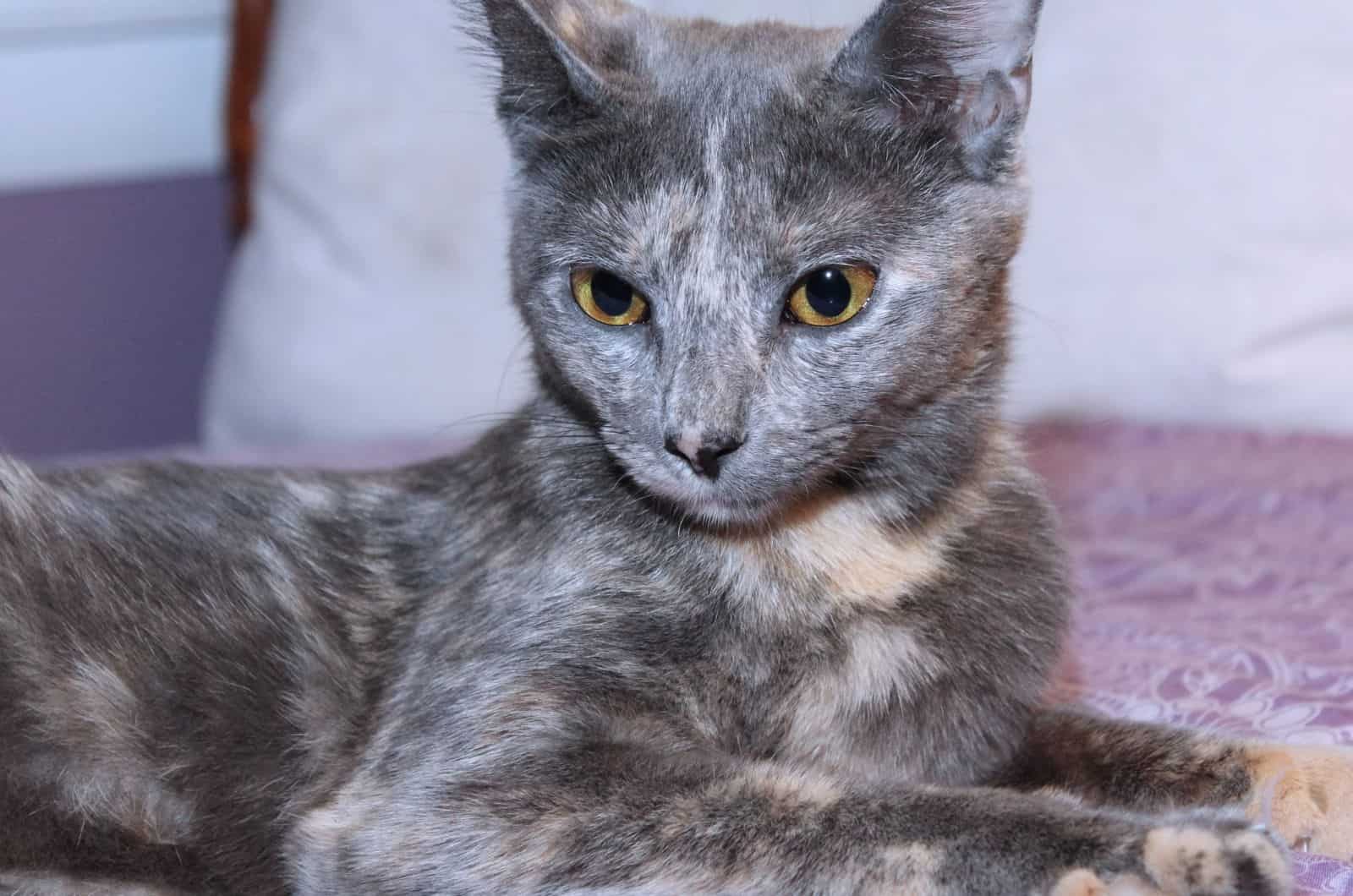
Some of you cat lovers might be so fascinated by these beautiful kitties that you’ve decided to have one of your own!
If you’re on a look-out for a dilute tortie kitten, you can expect to pay anywhere from $1,000 to $2,000.
Of course, the price will vary depending on the breeder you visit. Some breeders might even price their cats higher than this price range.
The cat’s breed will also be a major factor in the price of a dilute tortoiseshell cat price. As you already know, some purebred cats are more expensive than others, so bear that in mind.
You can always try your chances at the animal shelter or a cat rescue center, but it’s very unlikely you will find a dilute tortie there (although you might be lucky!).
In Conclusion
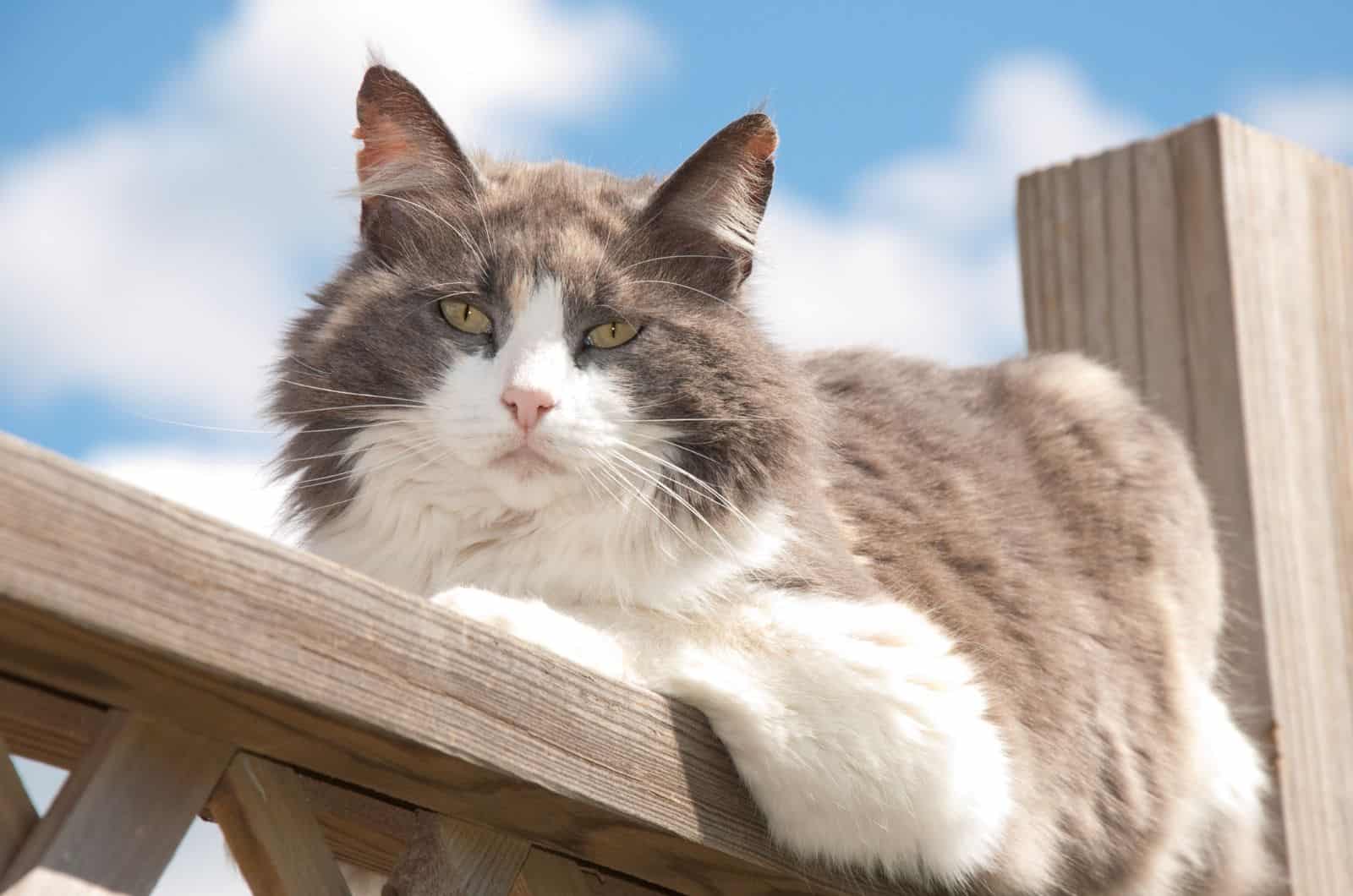
Tortoiseshell cats are easily recognized due to their stunning coat pattern that closely resembles the shell of a tortoise. In dilute torties, the usual black and orange coat colors are replaced with beautiful pastel blue and cream!
This coat type can be seen in a number of breeds, so be sure not to mistake dilute torties for a distinct cat breed, as they can be found in any breed that can have a tortoiseshell coat pattern.
I believe you now know just about everything there is to know about dilute tortoiseshell cats!
If you’ve liked this article, I bet you will like these ones too:
17 Orange Cat Breeds And Interesting Facts About Them
Top 18 Long Haired Cat Breeds: Grey Stunners (With Pictures)
Orange Tabby Cat – 23 Facts About These Gorgeous Kitties
Like this post? Share or pin it for later!


